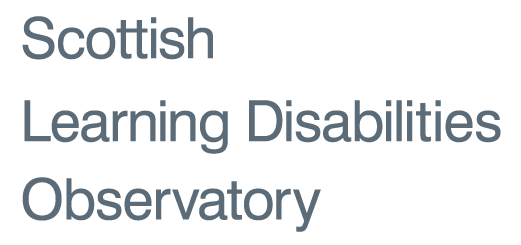Mortality rates for children and young people with learning disabilities

Background
Children and young people with learning disabilities are at a higher risk of premature death compared to the general population. Studies of cause of death for people with learning disabilities show that many deaths are potentially avoidable, including conditions which are amenable to timely and effective healthcare.
What we did
A national cohort of children and young people with and without learning disabilities was established using data from Scotland’s pupil census records (2008-2013) linked to the National Records of Scotland’s death register up to 2015. Pupils who had Additional Support Needs at school due to learning disabilities were identified and the mortality rates were compared to pupils without learning disabilities. The most common causes of death were investigated. Avoidable deaths were identified using the UK Office of National Statistics definition.
What we found
This study identified 106 deaths (0.6%) from 18,278 children and young people who had learning disabilities, 1.9% of pupils at school. Premature mortality was 12 times higher (ranging between 10 and 14 times). For girls and young women, risk of death was even higher, at a rate 17 times higher than their peers without learning disabilities (between 12 and 23 times).
The most common causes of death were from nervous diseases (33%), followed by congenital (22%) and metabolic conditions (8%) and respiratory diseases (8%). Deaths involving respiratory diseases occurred at a rate 55 times higher than for pupils without learning disabilities. Deaths related to digestive conditions and circulatory diseases, as well as deaths involving accidents also occurred at higher rates. Potentially avoidable deaths included pneumonia and epilepsy.
What this means
This research demonstrates that health inequalities faced by people with learning disabilities are contributing to premature deaths in childhood and young adulthood. Improvements to recognition and management of epilepsy, as well as resources and training for prevention and treatment of dysphagia and aspiration are needed. Collaboration between healthcare and social care, and more support for families and people with learning disabilities, could improve recognition and timely treatment of important health issues.
The full article by Smith, G., Fleming, M., Kinnear, D., Henderson, A., Pell JP., Melville, C., Cooper, SA. (2020) titled Rates and causes of mortality among children and young people with and without intellectual disabilities in Scotland: a record linkage cohort study of 796 190 school children is available via BMJ Open;
To find out more about this research, contact us via sldo-info@glasgow.ac.uk
A short SLDO film: Reducing child deaths from chest infections can be viewed here
Updated February 2022
